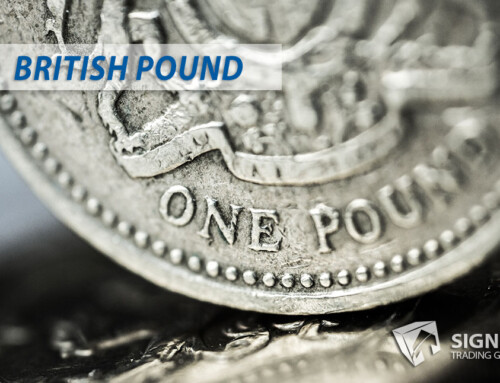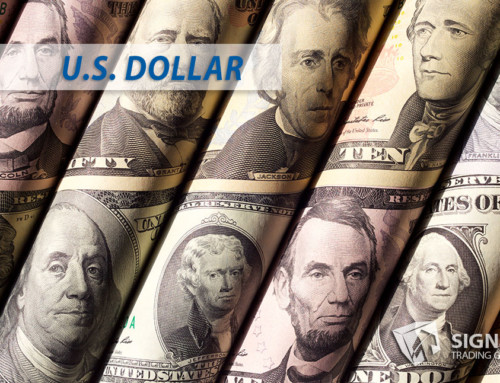The End of the Gold Standard
In 1971, President Richard Nixon made an economic decision that would forever change the global financial landscape. By removing the United States from the gold standard, he detached the U.S. dollar from its gold-backing and radically reshaped how currencies function. But why did Nixon feel compelled to make such a groundbreaking move? In this blog post, we’ll explore the reasons behind his decision and its implications for the world economy.
The Bretton Woods System
To understand Nixon’s choice to end the gold standard, we must look back at the Bretton Woods System. Established in 1944, this system aimed to stabilize international currencies by tying them to the U.S. dollar pegged to gold at a fixed price of $35 per ounce. This arrangement provided a sense of stability and predictability in international financial dealings.
The Pressure on the U.S. Dollar
Despite the Bretton Woods System’s initial success, several issues arose, which led to its eventual collapse. Firstly, a significant increase in international trade and investment exposed the system’s fragility. The fixed exchange rate was under constant pressure, and central banks found it increasingly difficult to defend their home currencies from fluctuating exchange rates.
Moreover, the U.S. was spending heavily on both the Vietnam War and domestic social programs, leading to unprecedented budget deficits, rising inflation, and an increase in the supply of U.S. dollars. These factors eroded global confidence in the U.S. dollar’s ability to maintain its value in terms of gold.
Demand for Gold and Declining U.S. Gold Reserves
As confidence in the U.S. dollar waned, foreign central banks and governments began converting their dollar holdings into gold. This demand for gold placed immense pressure on U.S. gold reserves. By the end of the 1960s, the U.S. gold stock had diminished considerably, and it became clear that the U.S. could no longer maintain the dollar’s peg to gold at the fixed rate of $35 per ounce.
Nixon’s Shocking Decision
President Nixon recognized the nation’s financial crisis and took swift, bold action. On August 15, 1971, he announced the “Nixon Shock,” a series of economic measures that effectively severed the U.S. dollar’s link to gold. The critical aspects of Nixon’s plan included:
1. Suspension of dollar-to-gold convertibility for foreign governments and central banks.
2. Imposition of a 10% surcharge on imports to improve the U.S. trade balance.
3. A freeze on wages and prices to combat inflation.
The End of the Gold Standard and Its Impact
Nixon’s decision to end the gold standard was initially meant to be a temporary measure. However, as the Bretton Woods System was never revived, the U.S. and the world have been operating under a system of floating exchange rates ever since.
The end of the gold standard has had both positive and negative implications. On the one hand, it has given central banks greater flexibility in managing their economies, allowing them to respond more effectively to economic shocks. On the other hand, the current system has increased currency volatility and contributed to greater global financial instability.





